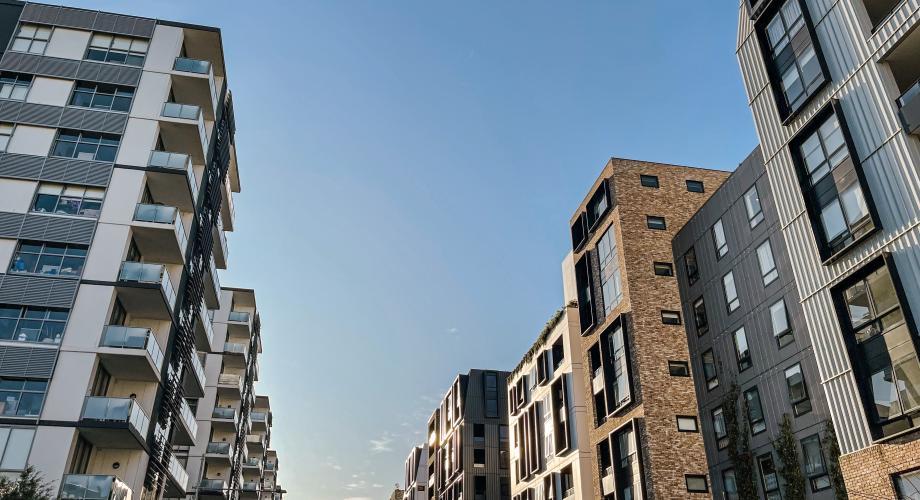“Overall, 2023 will remain a challenging year for the multifamily sector,” said Jay Lybik, National Director of Multifamily Analytics for CoStar Group.
Despite recent stabilization, Lybik pointed to weak market fundamentals with concerning trends ahead this summer and fall.
Oversupply meets weakening demand
A record number of new construction apartments will reach completion, with 2023 deliveries forecast to reach highs not seen since the mid-1980s. A whopping 500,000 new units are expected to hit the market this year, with elevated deliveries continuing into next year.
This boost in supply comes at the same time that renters are pulling back. Inflation pressures and economic uncertainty are taking a toll on household spending, driving some renters to consider alternative housing situations, like adding roommates or moving in with family, while others are delaying household formation altogether.
Rising vacancies drive down rent growth
The combination of excess supply and soft demand has pushed up vacancies. The national vacancy rate rose 200 basis points from an all-time low of 4.7% in the third quarter of 2021 to 6.7% in Q2.
While this rate has held steady nationwide through April and May, it’s predicted to reach the mid-7% range by year’s end, based on CoStar data. That’s 100 basis points higher than it was prior to the COVID-19 pandemic.
For four- and five-star properties, vacancies will be significantly higher. These properties, which are overrepresented in the new deliveries, will see a vacancy rate of 9.8%, according to CoStar.
With vacancies rising, rent growth has slowed. By property type, rent growth has decelerated the most in the four- and five-star price point as new supply pressures have transformed the previous leader to a rent growth laggard at just 1.8%. Three-star properties, which have seen a less dramatic pullback, sit at 3.3%.
Top regional markets swap places
During the pandemic, the Sunbelt led the nation in rapid in-migration, new development, and soaring rent growth. After this meteoric rise, the former superstar is now falling behind as the Midwest picks up the mantle. Indianapolis, Cincinnati, and Columbus have topped the charts in 2023 for year-over-year rent growth.
Hit especially hard, the formerly hot markets of Phoenix and Las Vegas have seen the largest negative rent growth year over year, a trend that’s expected to worsen as new supply becomes available. Austin, another previously overheated market, is further threatened by the prospect of 18,000 additional units coming online.
The silver lining
Despite these challenges, there are some bright spots in the outlook.
While absorption overall is low, the market has shown resilience. Absorption bounced back in the first quarter from negative territory at the end of 2022. This positive trendline has held steady through the second quarter, offering signs of hope for milder conditions ahead. The first two months of Q2 recorded 68,000 units of absorption, a strong start to the spring leasing season.
How the multifamily industry can prepare
Facing a tightening market, properties will need to adjust expected rent increases and invest greater resources in targeting renters. After the record demand and rent growth of 2020 and 2021, communities should focus on distinguishing themselves from the competition in this newly renter-friendly market.
With renters making decisions more quickly than ever, one such marketing strategy is to provide comprehensive information upfront about communities and available units. This approach can help communities capture renters early in their search process. By simplifying the leasing process for renters and leasing staff, this ultimately increases the efficiency of lead conversion.
